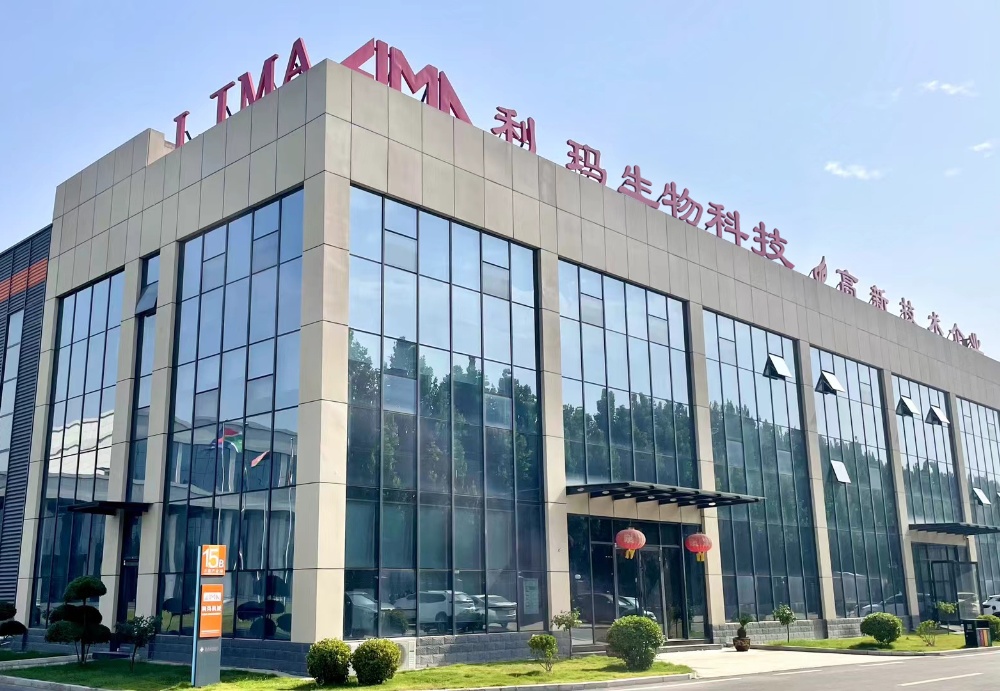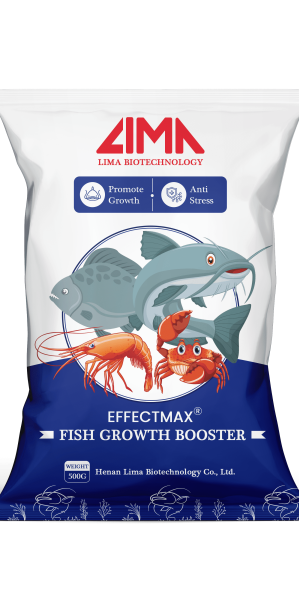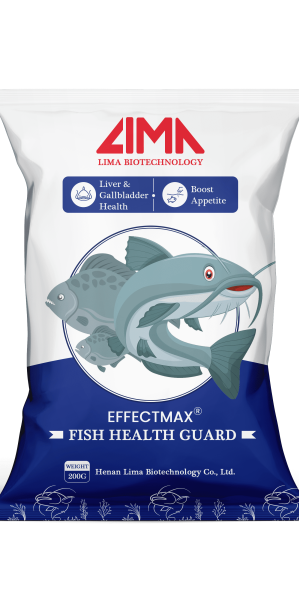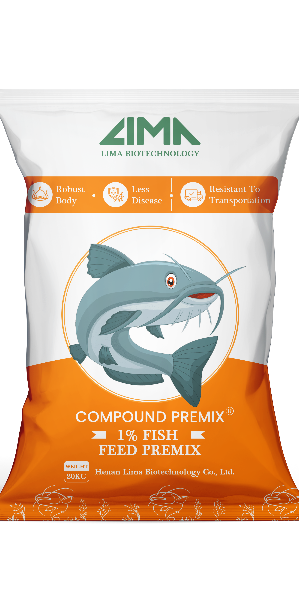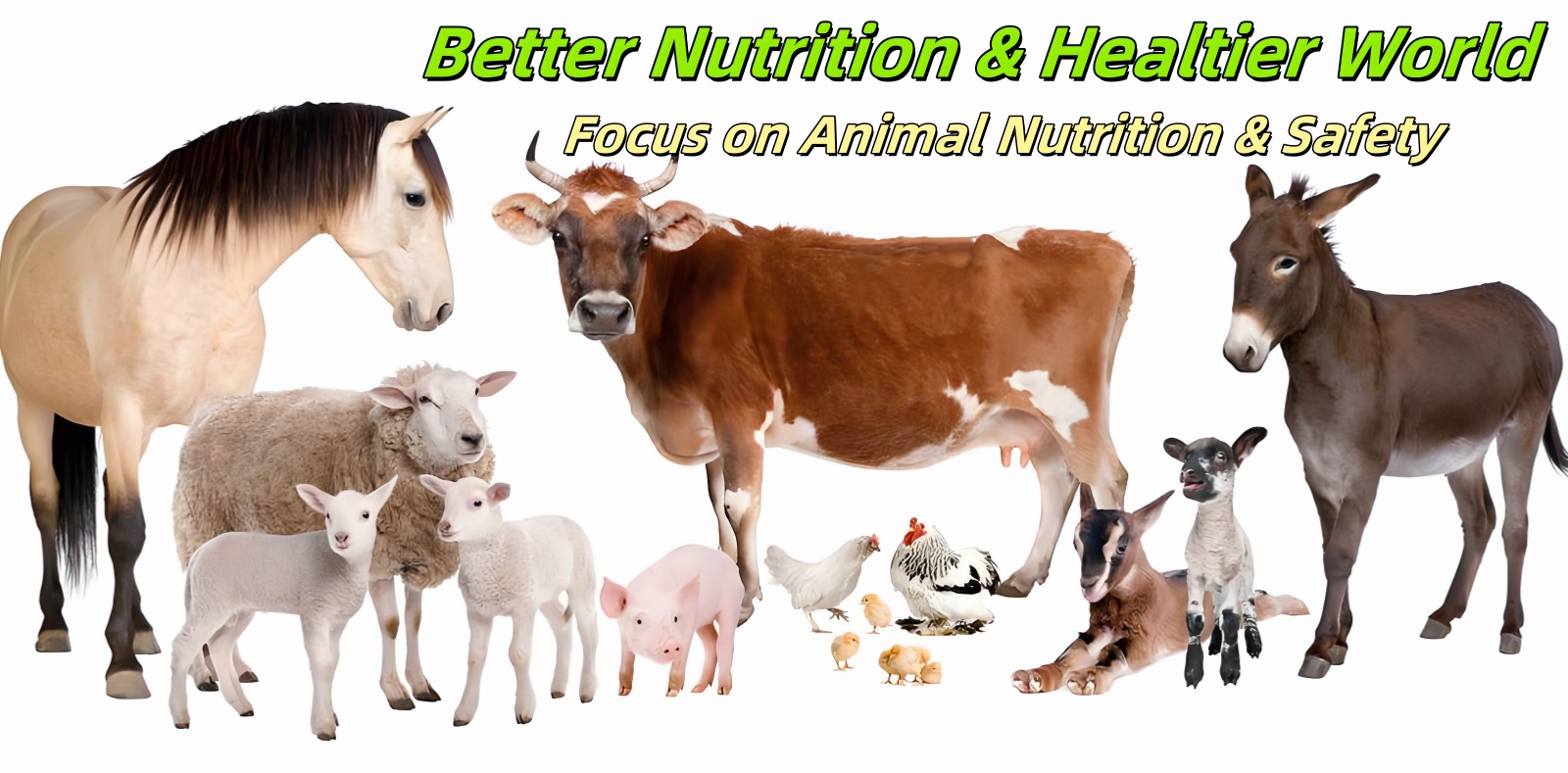Enabling fish to grow rapidly in a pond is essentially a systematic project of ‘genetics + nutrition + environment + management’. Starting from the selection of growth-advantageous species, to the precise proportioning of feed and reasonable additives, to optimise the pond hardware and water quality environment, each link needs to be scientifically controlled.
Choosing the Right Breed
The growth potential of fish is largely determined by genetics. In catfish, for example, Heteroclarias can grow up to 3kg in 6 months under the same conditions, whereas purebred Clarias, which are indigenous to Africa, grow relatively slowly. For farmers, choosing improved varieties that have been selected and bred is equivalent to laying the ‘genetic foundation’ for rapid growth.
If you plan to engage in aquaculture for a long time, it is important to establish your own breeding system. By selecting fast-growing, robust individuals for breeding over many generations and gradually eliminating those that lag behind, the growth potential of the entire population can be significantly increased.
Select the Right Fish Feed
Core elements of a good quality feed
Fish growth requires a balanced nutritional formulation, especially a reasonable proportion of protein, fat and vitamins:
- Protein: Higher demand in the juvenile stage (35%-40%), which is the key to muscle development; it can be lowered in the adult stage (25%-30%) to avoid wastage.
- Fat: provides energy and promotes the absorption of fat-soluble vitamins. The amount of fat to be added should be adjusted according to the water temperature (reduce the amount when the water temperature is low to avoid fatty liver).
- Vitamins and minerals: such as vitamin C to enhance immunity, calcium and phosphorus to promote bone development, a lack of which will lead to growth stagnation or even deformities.
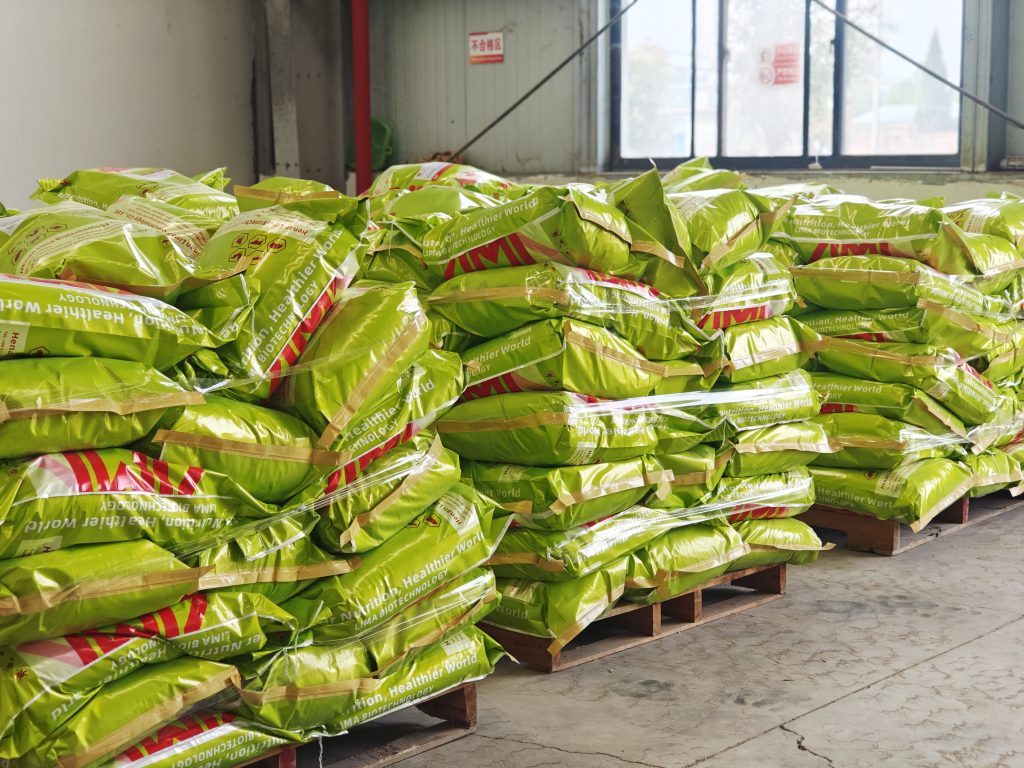
The golden rule of phased feeding
The juvenile stage of fish (the first 4 weeks) is the key stage of growth and differentiation, and the nutritional intake at this time has a direct impact on the later stage of body shape. It is recommended to use crushed material with particle size of 1.0-2.0mm to ensure that more than 95% of the young fish can feed easily and avoid individual differences caused by uneven feeding.
As the fish grow up, gradually replace the granular material of 2.0-8.0mm, follow the principle of ‘a small amount of time, evenly spread’, feed 3-4 times a day, each time to 80% of the fish are full and disperse shall prevail.
Mix the Best Feed Supplement
Adding functional additives to the base diet can further maximise the growth potential of fish. Take the industry-leading Lima Biotech Fish Growth Booster as an example, its core ingredients include:
- Immune enhancers: such as astragalus polysaccharide and β-glucan, which can enhance disease resistance and reduce stagnation caused by diseases.
- Digestive enzyme preparations: to promote the decomposition of proteins and carbohydrates, improve feed utilisation and shorten the cycle time by 10%-15%.
- Trace element chelates: supplementing zinc, copper, iron, etc. with amino acids in chelated form, the absorption rate is more than 30% higher than that of ordinary inorganic salts.
It has been proved that adding 0.5%-1% of Fish Growth Promoter to the feed can increase the average daily weight gain of fish by 15%-20%, and at the same time reduce the bait coefficient by 0.2-0.3.
Choosing the Right Pond
Water Flow Management: Balancing Ecology and Oxygen
- Water Intake and Drainage System: Separate water inlets and drainage outlets are set up to ensure that the water flows in a diagonal pattern to avoid dead ends.
- Water level control: Shallow water (50-80cm) is conducive to the reproduction of plankton and provides natural bait; deep water (1.2-1.5 metres) can regulate the water temperature to avoid high temperature in summer or freezing in winter.
Isolation of natural enemies and pollution
- Inlet protection: 80-100 mesh screen mesh is installed at the inlet to block wild fish eggs and aquatic insects; dense mesh is added at the outlet to prevent eels and water snakes from preying on the young fish.
- Surrounding environment: Remove weeds within 1 metre around the pond to reduce the habitat of natural enemies such as rats and egrets; keep away from farmland and factories to avoid the inflow of pesticides and industrial wastewater.
Water Quality & Habitat Design
Control standards for core water quality parameters
- pH: maintain 6.5-8.5, too high (>9.0) leads to gill filament damage, too low (<6.0) inhibits digestive enzyme activity.
- Dissolved Oxygen (DO): maintain more than 5mg/L, less than 3mg/L when the fish floating head, growth stagnation.
- Ammonia and Nitrite: Ammonia <0.2mg/L, Nitrite <0.1mg/L, exceeding the standard will lead to poisoning of fish and decrease of immunity.
Habitat optimisation: simulate the natural growing environment
- Aquatic plant planting: plant reeds, water hyacinth, etc. at the edge of the pond, with the coverage rate controlled at 20%-30%, which can purify the water quality, and also provide fish with a place to escape from natural enemies and summer heat.
- Artificial reefs: put tiles, PVC pipes and other structures to increase the space for the bottom fish (e.g., carp, crucian carp) to live in, and to promote them to ingest the benthic organisms and replenish the natural nutrients.
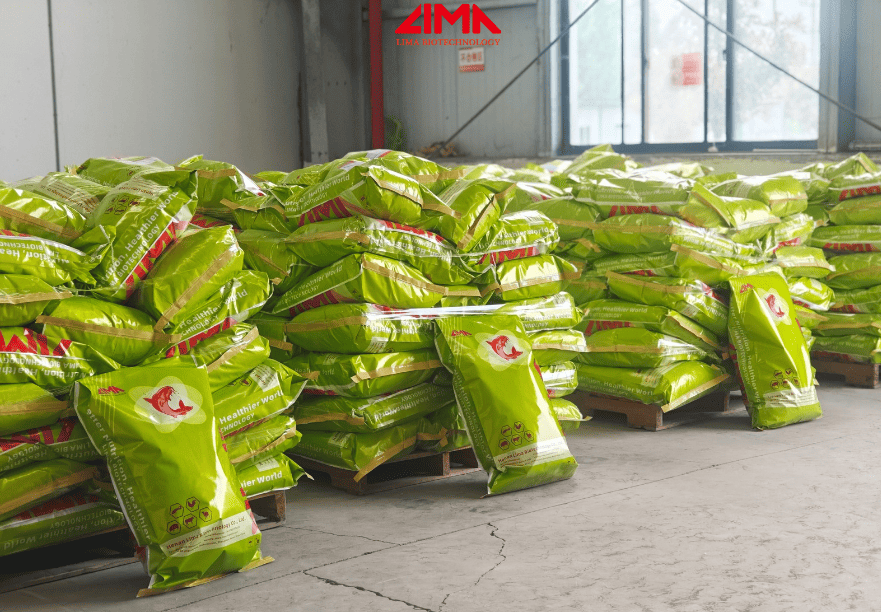
Keep Checking Fishes on a Regular Basis
Randomly catch 5-10 fish every 10-12 days and focus on checking:
- Body surface: whether there are white spots (water mould disease), ulcers (bacterial infection), parasites attached (e.g. anchor flea).
- Gills: whether gill filaments are congested with blood, mucus increased, whether gill rakers are clogged with foreign matter.
- Vitality: hold the fish in your hand and observe the strength of the struggle, slow response may be a signal of hypoxia or sub-health.
Isolate sick fish immediately and administer targeted medication after diagnosis to avoid spreading the disease leading to large-scale suspension of food. Establish a culture log to record daily feeding quantity, water quality data, number of dead fish, and growth rate (average body length and weight are measured once a month).
For farmers, in the short term, fast growth means shorter farming cycles and faster capital turnover; in the long term, standardised management can accumulate a high quality reputation and an advantage in market competition. Remember: there is no ‘shortcut’ to aquaculture, only to do every detail and try Lima Biotech fish growth booster, in order to achieve ‘fast growth, high yield, good benefits’ virtuous cycle!
- About Lima Biotech
- Careers-Lima Biotech
- Code of Conduct-Lima Biotech
- Conditions of Sale-Lima Biotech
- Contact-Lima Biotech
- Cookies Policy-Lima Biotech
- Find Agent-Lima Biotech
- Investor Relations-Lima Biotech
- Legal Information-Lima Biotech
- Privacy Policy-Lima Biotech
- Success-Lima Biotech
- Sustainability-Lima Biotech
- World Class Manufacturing-Lima Biotech













